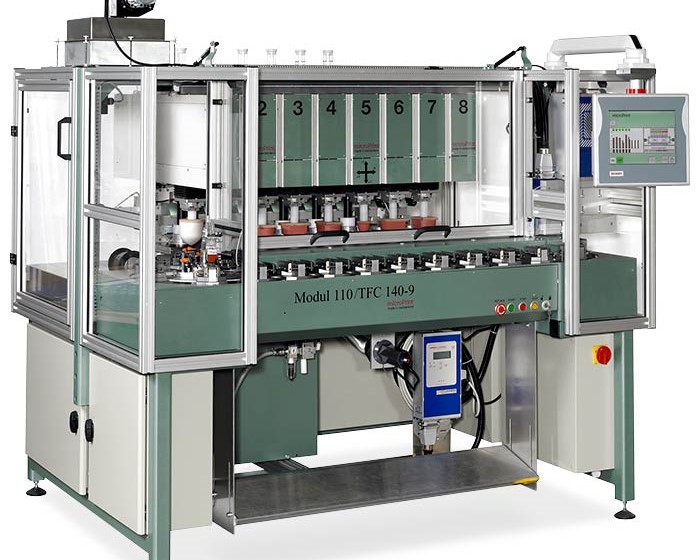Speak to an Expert Today!
714-639-3326
sales@decotechgroup.com
Headquarters
1040 Segovia Circle
Placentia, CA 92870

Explore the Advanced Techniques of the Growing Billion Dollar Pad Printing Industry
In the world of industrial printing, where precision and efficiency are paramount, pad printing stands out as a versatile and reliable method for transferring images onto a variety of surfaces. With its ability to reproduce intricate designs with exceptional detail, pad printing has become indispensable across industries ranging from automotive to medical devices. However, to truly unlock its potential, manufacturers must harness advanced techniques that push the boundaries of print quality and efficiency.
Introduction:
Pad printing, also known as tampography, has undergone significant advancements in recent years, driven by innovations in materials, equipment, and process optimization. In this article, we delve into the realm of advanced pad printing techniques, exploring strategies to maximize print quality while streamlining production processes.
Enhancing Print Quality:
One of the primary goals of any printing process is to achieve impeccable print quality that meets the highest standards of clarity, color accuracy, and durability. Advanced pad printing techniques focus on several key areas to enhance print quality:
Improving Efficiency:
In addition to print quality, maximizing efficiency is crucial for meeting production demands and minimizing operational costs. Advanced techniques focus on optimizing various aspects of the pad printing process to streamline workflow and reduce downtime:
Conclusion:
In conclusion, advanced techniques in pad printing offer a pathway to achieve superior print quality and operational efficiency in industrial printing applications. By leveraging innovations in ink technology, image preparation, printing plate technology, and process optimization, manufacturers can elevate their pad printing capabilities to new heights. Embracing these advancements not only enhances the visual impact of printed products but also drives cost savings and competitive advantage in today's dynamic marketplace.